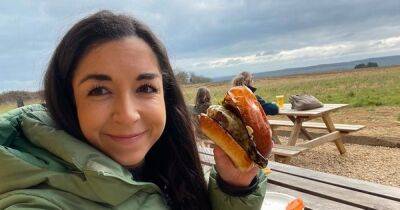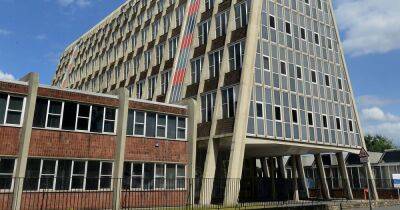LOFAR super-telescope reveals the far reaches of the universe
In a field in the Netherlands, antennas are dotted around a circular plot.
They form part of LOFAR: the largest pan-European radio-frequency telescope. In Europe, there are about 50 stations like the one in Exloo, with thousands of antennas spread across the continent. They constitute a unique eye for exploring the far reaches of the universe.
"The further you place the antennas apart, the more accurately you can look at objects," explains Maaijke Mevius, a researcher at ASTRON. "With LOFAR, we are studying the early universe. We can study it and look really far back in time to the first 500 million years after the Big Bang. "
The LOFAR super telescope was born 13 years ago (the name stands for Low Frequency Array). Unlike dish telescopes, the thousands of antennas of this pan-European receiver are more sensitive to low-frequency electromagnetic waves and they 'see' the whole sky at once.
All the data generated by the various stations is stored in a supercomputer and processed at ASTRON, the project's headquarters. But how do they do it and what do they observe?
"We have to amplify that signal more than a million times," says Wim Van Capellen, programme manager at ASTRON, pointing at a colourful display. "And what you see here is that ahead of the red and yellow stuff on the background, that's the signal we're looking for. We can look at other planets but. We also look much further away to galaxies and black holes that are very far away from us and try to understand how the universe was formed."
Ten countries are participating in LOFAR: Netherlands, Ireland, United Kingdom, France, Germany, Poland, Latvia, Sweden, Italy and Bulgaria.
There are 54 stations deployed with more than 110 000 antennas.
The European Cohesion Policy has






